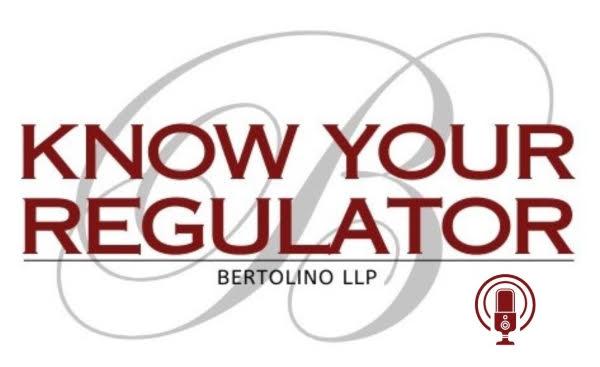On the day after Dr. Kim, a licensed dentist in Texas, removed the wisdom teeth from one of his patients, the patient was admitted into a hospital for the treatment. Afterwards, the patient contacted Dr. Kim’s office to inform him that she had been hospitalized. During a follow-up visit, Dr. Kim examined the patient and determined her hospitalization was unrelated to her wisdom teeth being removed. Dr. Kim did not report the hospitalization to the Board.
The Texas State Board of Dental Examiners (the “Board”) concluded that Dr. Kim’s conduct violated subsection 108.6(2) of title 22 of the Administrative Code. That provision requires a dentist to submit a report to the Board regarding “[t]he hospitalization of a dental patient, as a possible consequence of receiving dental services from the reporting dentist . . .”
Subsequent to the Board filing its complaint, a hearing was scheduled before an administrative law judge for the State Office of Administrative Hearings. The judge concluded that the violation was a first-tier one because no evidence was introduced regarding the aggravating and mitigating factors listed in the Board’s disciplinary matrix and because “there was no evidence that such violation would pose any threat to public safety.” For these reasons, the administrative law judge recommended that the Board impose as a sanction either “an administrative penalty ticket or a conditional dismissal.”
Although there was no finding that Dr. Kim violated any standard of care or that the patient’s hospitalization was the result of any violation of the standard of care, in its order, the Board modified the sanction suggested by the administrative law judge and elevated the sanction from a ticket or conditional dismissal to a warning, a second-tier violation.
The core issue in this appeal is whether the Board incorrectly determined that the conduct at issue was a second-tier violation.
Under Texas law, the Board has broad discretion when deciding what penalty to impose, and the Board is not required to treat sanction recommendations as presumptively binding in the way that agencies are required to treat findings of fact and conclusions of law.
Dr. Kim maintained that the Board matrix specifies that first-tier violations “are those that the Board determines to be less serious, or which pose minimal threat to public safety, after consideration of any aggravating or mitigating factors” and that administrative penalties or tickets are imposed for “violations that do not involve the provision of direct patient care.” In light of these directives, Dr. Kim insisted that the conduct at issue could only be a first-tier violation because it was not based on the direct care of the patient and because there was no evidence of any aggravating factors listed in the matrix.
The 3rd Court of Appeals held that the type of violation at issue in this case could potentially fall under any of the four tiers. Moreover, although Dr. Kim highlighted that none of the aggravating factors listed in the matrix were mentioned by the Board when it changed the suggested sanction, they did not believe that the absence of these factors compelled a conclusion that the conduct must be a first-tier violation. In fact, the matrix mandates that the punishment level for certain types of violations starts above the first tier and may be further elevated by the presence of aggravating factors.
In deciding in which tier to place this type of failure to report, the Board was guided by the fact that the Board matrix specifies under the standard-of-care category that the failure to report a patient’s “death or injury requiring hospitalization” is a second-tier violation. Furthermore, although Dr. Kim urged that a conditional dismissal would have been warranted here because those penalties are given for violations not involving direct patient care and because the Board determined that there was no violation of any standard of care, the fact that no standard of care was alleged to have been violated does not necessarily mean that the sanctionable conduct did not stem from direct-patient care. To the contrary, the terms of the governing provision at issue demonstrate that the basis for the violation is the treatment of a patient.
Furthermore, the Board stated in its order that failing to report a patient’s hospitalization has the potential to result in patient harm, that it was “incumbent on the [B]oard to review the care provided to the patient” after he has been hospitalized following treatment, and that subjecting dentists to a penalty less onerous than a warning would not provide the necessary “incentive . . . to encourage compliance. Dentists could fail to report a patient . . . hospitalization and know that their failure will only result in the case being dismissed with conditions, a first-tier violation.”
In light of the preceding, including the fact that the Board matrix does not explicitly specify the type of sanction to impose for the violation at issue, and given the manner in which agency rules are construed by appellate courts, the Court could not conclude that the Board misapplied the language of the disciplinary matrix when it determined that the type of failure to report at issue in this case is a second-tier violation.
Medical professionals needing help with license defense in Texas may contact Bertolino LLP at 512-717-5432 or visit www.belolaw.com. Serving clients in Austin, Houston, San Antonio and throughout Texas.
Call or text (512) 476-5757 or complete a Case Evaluation form




